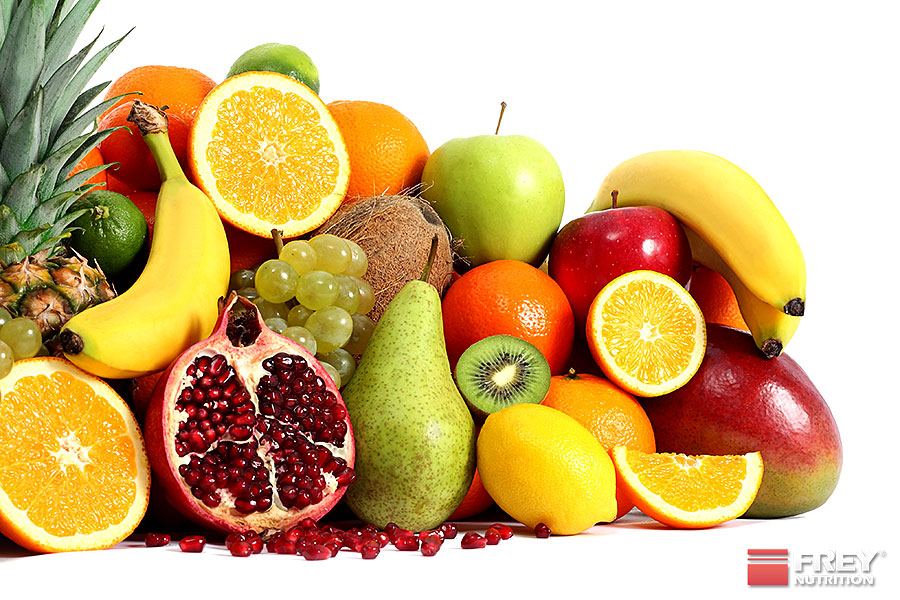NOT ALL VEGETABLES ARE THE SAME? ALWAYS LOOK CLOSELY!
A BALANCED, HEALTHY AND ABOVE ALL LOW-FAT DIET INCLUDES LOTS OF FRUIT AND VEGETABLES. THAT IS MOSTLY TRUE. BUT YOU SHOULD TAKE A CLOSE LOOK AT SOME TYPES OF FRUIT AND VEGETABLES. BECAUSE SOME FRUITS ARE A SMALL FAT BOMB.
People who eat a lot of fruit and vegetables are only concerned about the fructose. Probably only true nutrition experts would come up with the idea that fruit and vegetables could also contain a lot of fat. That's why a second look is often necessary to uncover hidden fats.
FATTY VEGETABLES
When it comes to fat content, olives are the most common vegetable. This is no surprise, as olives can also be processed into oil. Black olives are made up of almost 36 percent fat, while green olives are still 14 percent. But soybeans also contain around 18 percent fat.
FAT IN FRUIT
When it comes to fruit, avocados are by far the most important fat-suppliers, with a fat content of around 23 percent. All other types of fruit have a maximum content of 2 percent (figs 2.0, pears 1.8, apples 1.6) and are therefore negligible.
CALORIES IN FRUIT AND VEGETABLES
The high fat content is of course also reflected in the number of calories. Avocados contain around 220 kcal per 100 grams. Apart from dried fruit, this is a value that no other fruit comes close to. Bananas, for example, have "only" around 70 kcal per 100 grams. Olives also contain a lot of calories, namely around 180 kcal/100 g.
HEALTHY AND UNHEALTHY FAT
In contrast to some animal fats, natural vegetable fat is less harmful. Avocados and olives mainly contain the healthier unsaturated fatty acids, which protect the blood vessels in contrast to saturated fatty acids. However, the fat content should not be underestimated. Otherwise, it can quickly become noticeable on the scales.








